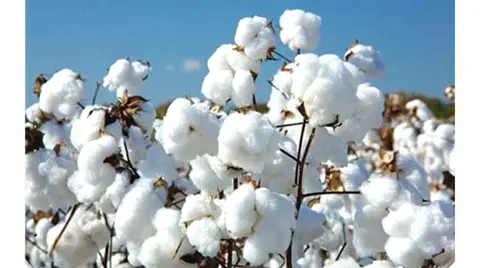Cotton Harvest Plummets to Record Low

The cotton season has ended with an estimated 13,000 tonnes delivered by farmers, the lowest known production record. This is a significant drop from the 82,000 tonnes delivered last year and far below the government’s projection of 42,000 tonnes.
The devastating impact of the El Niño-induced drought is primarily to blame for this record low harvest. Zimbabwe endured what is believed to be the worst drought in four decades, decimating crops across the country.
While cotton is typically resilient to drought, many cotton-growing regions experienced insufficient rainfall to sustain the crop this year. Additionally, the delayed delivery of inputs under the Presidential Inputs Scheme hindered production as farmers were unable to capitalize on early rains for planting.
“The impact of drought on cotton farming in Zimbabwe is severe, leading to reduced yields and poor-quality seed cotton and the need for adaptive strategies,” said Tapiwa Mutonda, an agricultural quality inspector at the Agriculture and Marketing Authority (AMA).
Cotton farming is a major source of livelihood for over 1.3 million people in Zimbabwe, with roughly 75% of income in cotton-producing areas derived from the crop. The value chain also employs approximately 60,000 individuals in ginneries, spinning, transportation and logistics services.
The record-low cotton harvest raises concerns about a potential shortage of planting seeds for the next season, which could have far-reaching implications for cotton production and the livelihoods of farmers who depend on it. The import bill for crude cooking oil is also expected to rise as oil expressers will need to import more to compensate for the cotton seed deficit.
Analysts have emphasized the need for structural reforms to ensure the cotton industry’s future viability, focusing on creating a level playing field for private sector participation. Currently, private players face uneven competition with the government-owned Cottco, which provides free inputs to its contracted farmers.
“We need the landscape to change, we need a more sustainable cotton financing model for the country,” said Paul Zakariya, the executive director of the Zimbabwe Farmers Union. Collaborative efforts between industry stakeholders will be crucial to increasing yields and restoring the industry’s viability.
The decline in Zimbabwe’s cotton industry, once a major export powerhouse, poses a serious threat to the country’s nascent textile revival, particularly after the promising resurgence of David Whitehead Textiles.









